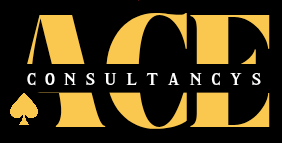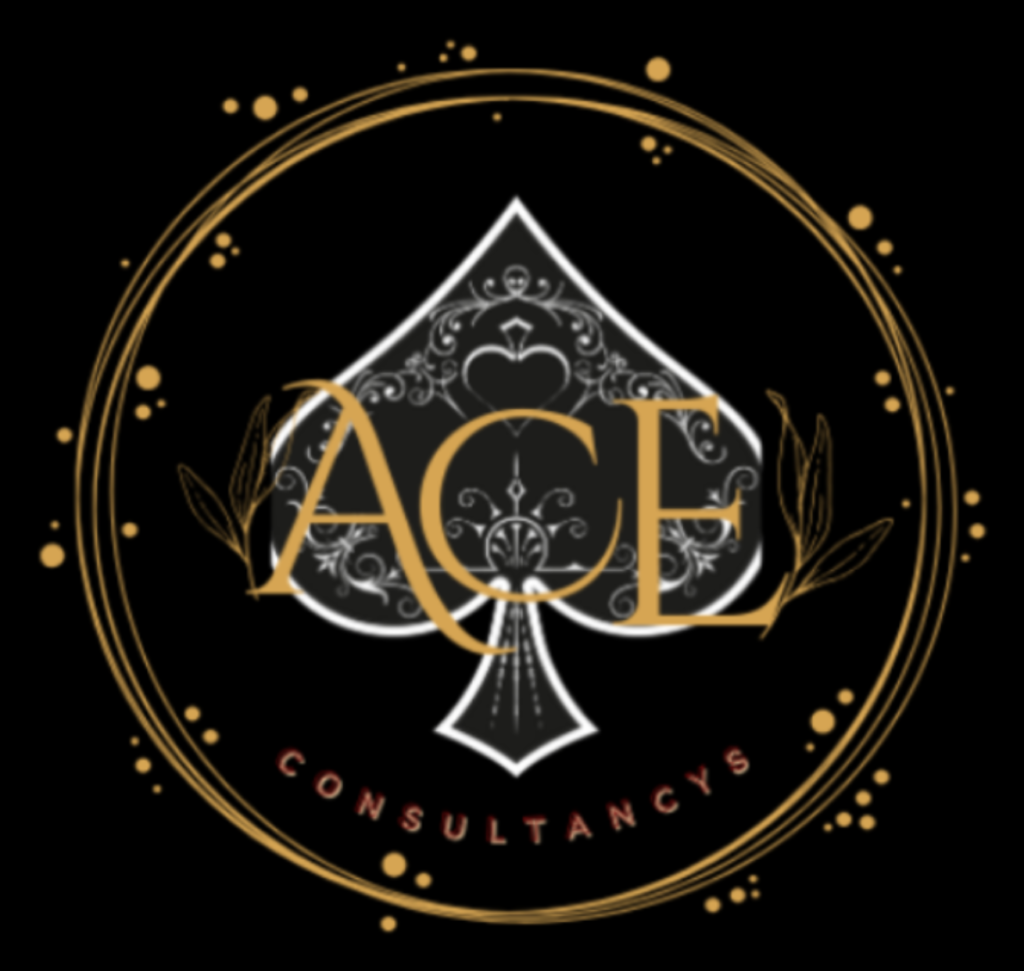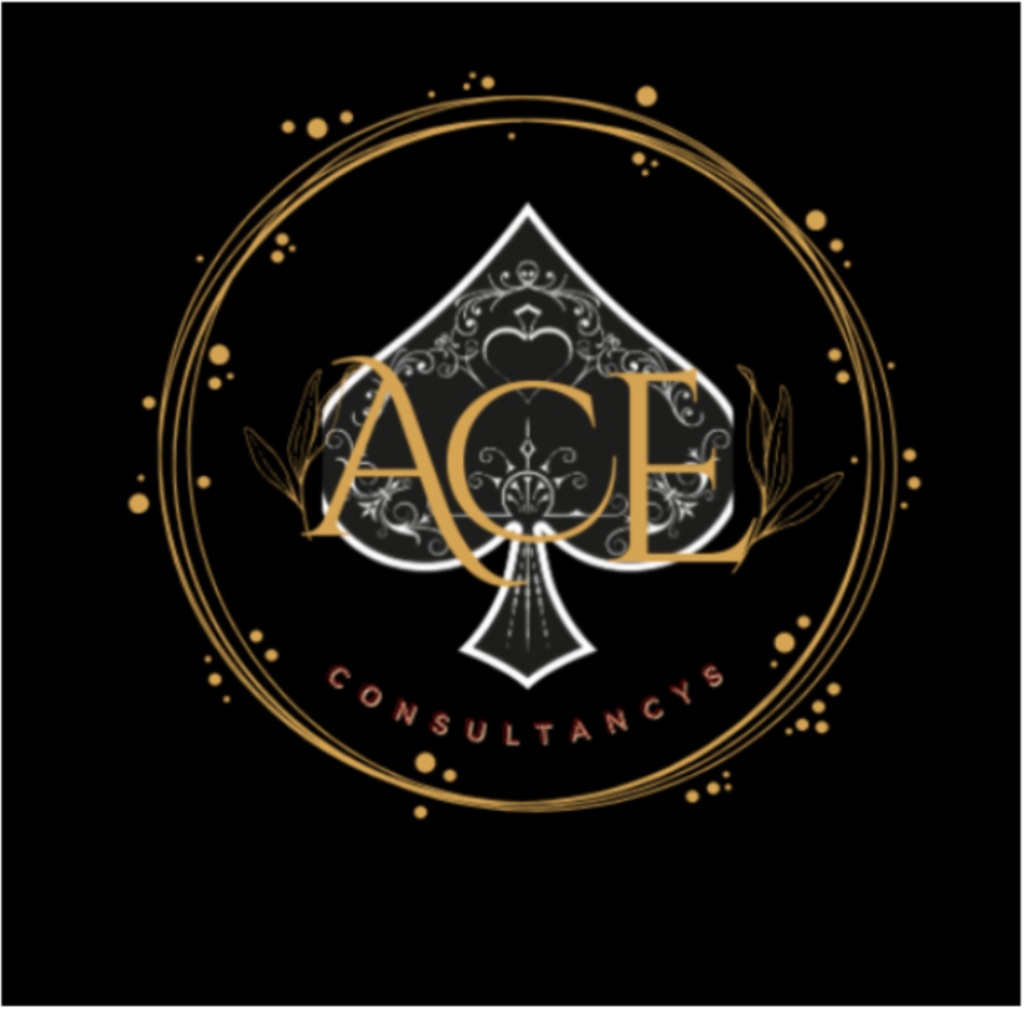Introduction
Cold calling remains a cornerstone of business development despite the digital age transformation. However, nothing turns prospects off faster than a clearly scripted, pushy sales pitch. According to a study by Gong.io analyzing over 90,000 cold calls, the most successful cold calls are those that don’t sound like cold calls at all. The key to making cold calls that don’t sound “salesy” lies in authentic connection, preparation, and a genuine desire to solve problems. This article explores proven techniques to transform your cold calling approach from an unwelcome interruption to a welcome conversation.
The Psychology Behind Effective Cold Calling
Understanding the psychology behind cold calling can dramatically improve your results. A remarkable 69% of buyers report accepting calls from new providers because the salesperson provided specific insights about their business challenges, according to research by RAIN Group. This statistic highlights an essential truth: people don’t reject cold calls – they reject irrelevant interruptions and obvious sales tactics.
The human brain is wired to detect insincerity. When you sound like you’re reading from a script or pushing toward a sale regardless of fit, prospects immediately put up defensive barriers. Conversely, when you approach calls with genuine curiosity and value-first mindset, those barriers lower naturally.
Preparation: The Foundation of Non-Salesy Cold Calls
The most natural-sounding cold calls come from thorough preparation. Before picking up the phone, research your prospect’s company, industry challenges, recent news, and the individual you’re calling. LinkedIn reports that 76% of buyers feel ready to engage with a salesperson who has done their homework about the prospect’s role and company.
Create what sales expert Jill Konrath calls a “valid business reason” for your call – something specific to the prospect that demonstrates you’ve done your research and aren’t just dialing numbers. This approach positions you as a knowledgeable resource rather than a desperate salesperson.
Master the Art of Conversational Opening
The first 10 seconds of your cold call determine whether you’ll get the next 50 seconds. Avoid generic openings like “How are you today?” which immediately signal a sales call. Instead, be direct about who you are and acknowledge the interruption. For example: “Hi [Name], this is [Your Name] from [Company]. I know I’m catching you out of the blue – do you have a moment, or did I catch you in the middle of something?”
This approach demonstrates respect for their time and gives them control, which immediately differentiates your call from pushy sales tactics. According to Chorus.ai data, calls that begin with honest acknowledgment of being unexpected have a 27% higher chance of progressing to the next stage.
Focus on Curiosity, Not Conversion
The most successful cold callers approach conversations with genuine curiosity rather than conversion focus. Instead of launching into features and benefits, ask thoughtful questions about their business challenges. When prospects sense you’re genuinely interested in understanding their situation before offering solutions, the conversation naturally becomes more engaging.
A study by HubSpot found that top-performing salespeople spend 54% of their cold calls asking questions and listening, compared to just 31% for low performers. This question-based approach transforms the dynamic from a sales pitch to a discovery conversation – precisely what doesn’t sound “salesy.”
Use Pattern Interrupts to Break the Cold Call Script
Most prospects have been conditioned to expect certain patterns in sales calls. By deliberately breaking these patterns, you create genuine human connection. For example, after introducing yourself, you might say: “I actually wasn’t sure if [Company] would be a good fit for what we do, but after seeing [specific observation], I thought it might be worth a brief conversation.”
This candid admission of uncertainty creates an unexpected moment of authenticity. According to Sales Hacker research, using pattern interrupts in cold calls increases engagement by 38% compared to traditional sales scripts.
The Power of Social Proof in Non-Salesy Cold Calling
People trust the experiences of others like them more than they trust salespeople. Weaving relevant social proof naturally into your conversation can transform how your message is received. Rather than making bold claims about your solution, reference similar clients who faced comparable challenges.
Research by CustomerThink shows that incorporating specific, relevant social proof increases cold call success rates by 22%. The key is making the reference genuinely relevant to the prospect’s situation rather than name-dropping impressive clients.
Embrace Silence and Active Listening
Nothing screams “sales call” louder than non-stop talking. The most effective cold callers understand the power of strategic silence. After asking a question, wait for a complete response. This shows respect and genuine interest, while also gathering valuable information that makes the conversation more relevant.
According to a Salesforce study, salespeople who practice active listening techniques and incorporate the prospect’s language back into the conversation achieve 32% better results in cold calling scenarios. When you truly listen and respond to what you hear rather than pushing forward with a predetermined script, the conversation flows naturally.
Conclusion
Making cold calls that don’t sound “salesy” isn’t about clever techniques – it’s about approaching each call with genuine curiosity, preparation, and a focus on creating value before extracting it. By researching thoroughly, opening conversationally, asking insightful questions, and truly listening to responses, you transform cold calls from unwelcome interruptions to potentially valuable conversations.
Remember that according to Brevet Group research, 80% of sales require at least five follow-ups, yet 44% of salespeople give up after just one rejection. This highlights perhaps the most important aspect of non-salesy cold calling: building relationships rather than forcing transactions. When your cold calling strategy focuses on authentic connection and providing genuine value, the sales will follow naturally.
What has your experience been with cold calling approaches? We’d love to hear which techniques have worked for you in making authentic connections through cold calls. Please share your thoughts in the comments below and consider sharing this article with your network if you found these insights valuable.
FAQ
Q: How many cold calls should I make per day to be effective without burning out?
A: The optimal number varies by industry and sales cycle, but research suggests that 40-60 calls per day is effective while maintaining quality. Rather than focusing solely on quantity, prioritize preparation and personalization for each call. Block your calendar for dedicated cold calling sessions of 60-90 minutes to maintain energy and focus, with short breaks between sessions.
Q: What’s the best time of day to make cold calls that don’t sound salesy?
A: According to multiple studies, the most productive times for cold calling are between 9-11 AM and 4-5 PM local time for your prospect. Wednesday and Thursday tend to yield better results than Monday or Friday. However, the quality of your approach matters more than timing—a well-researched, value-focused call at any time will outperform a generic pitch during “optimal” hours.
Q: How do I handle immediate objections without sounding defensive or pushy?
A: When faced with immediate objections, acknowledge them rather than countering them. For example, if someone says “I’m not interested,” respond with “That makes sense. Most people I speak with initially feel the same way until they learn about [specific value point relevant to their business].” This validation approach demonstrates respect while creating an opening for meaningful conversation without sounding salesy or defensive.
Q: How can I measure if my cold calls are becoming less ‘salesy’ and more effective?
A: Track both quantitative and qualitative metrics. Quantitatively, monitor increased call duration, higher meeting conversion rates, and more returned follow-up calls. Qualitatively, note when prospects ask genuine questions rather than trying to end the call, when they share detailed information about their challenges, or when they reference specific points from your conversation in follow-up communications. These indicators suggest your calls are being received as valuable conversations rather than sales pitches.
Read More : https://aceconsultancys.com/ai-lead-generation/










